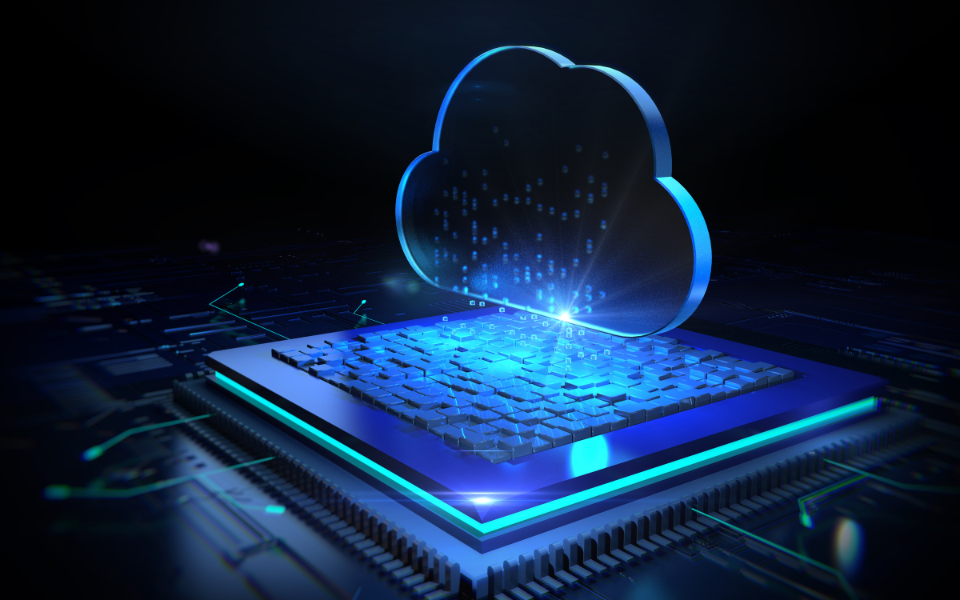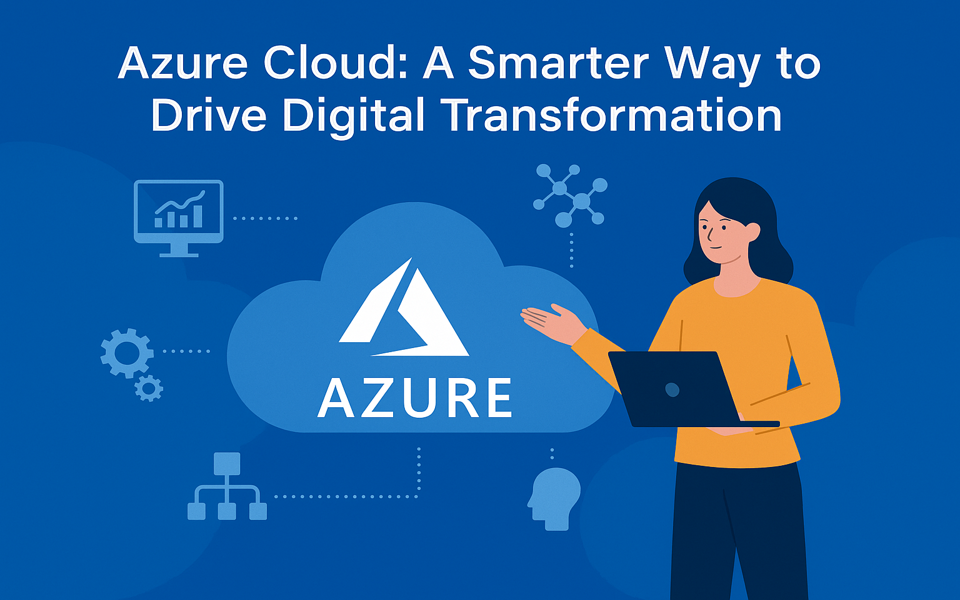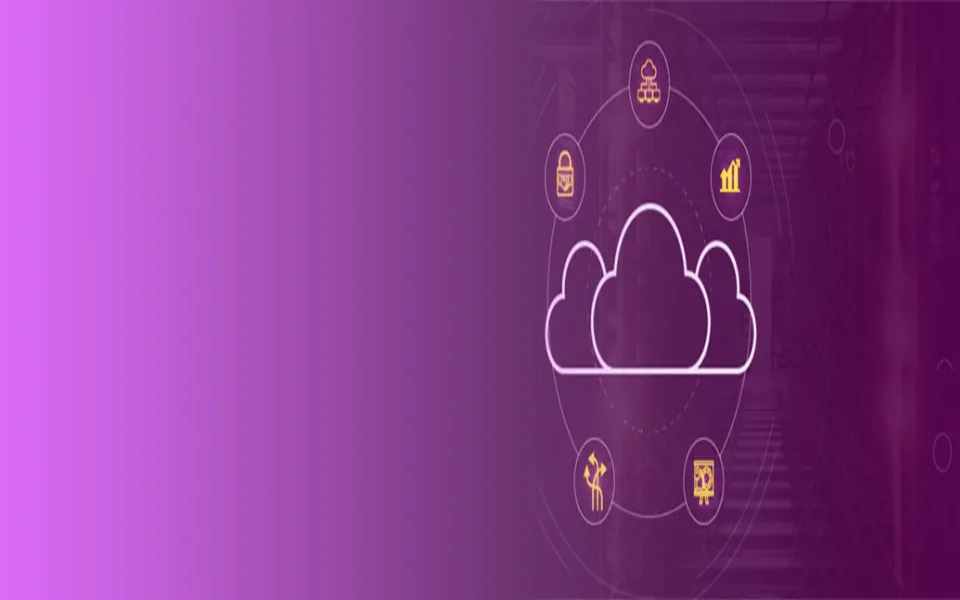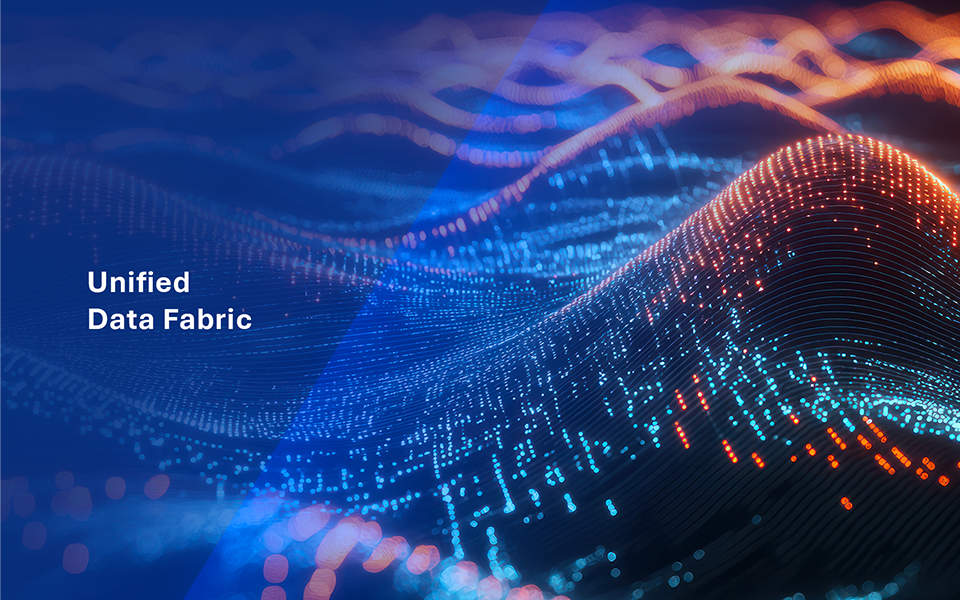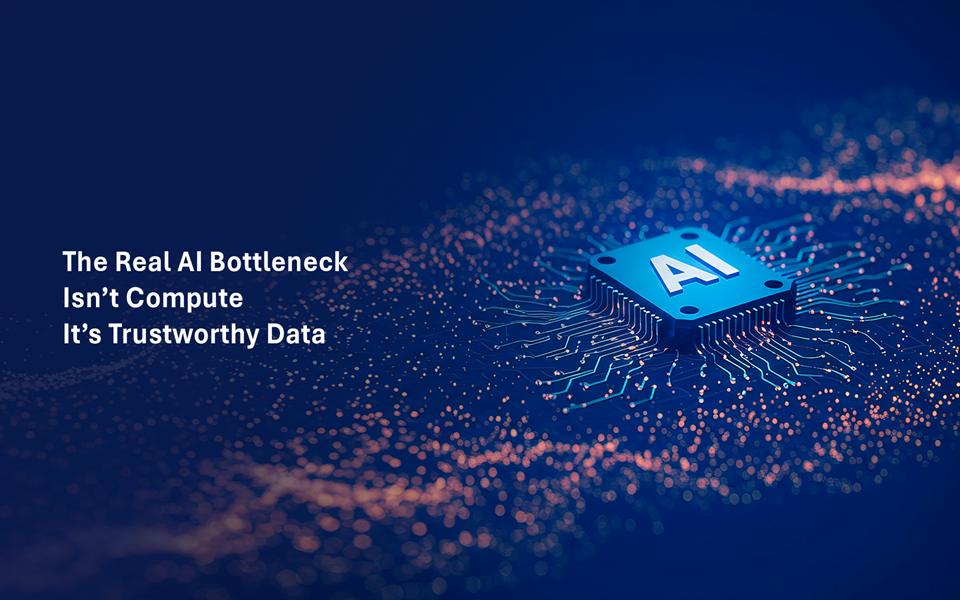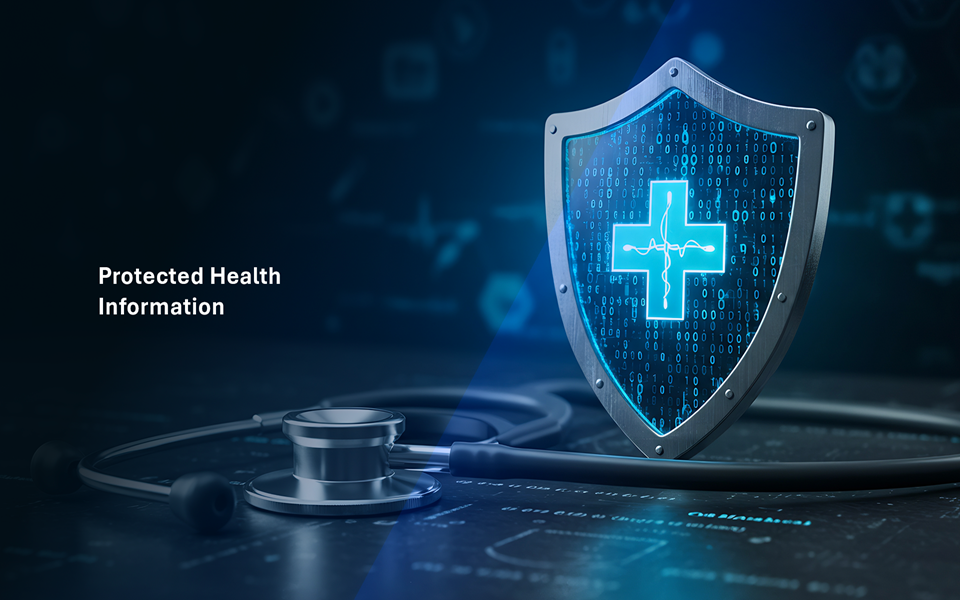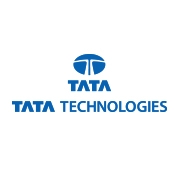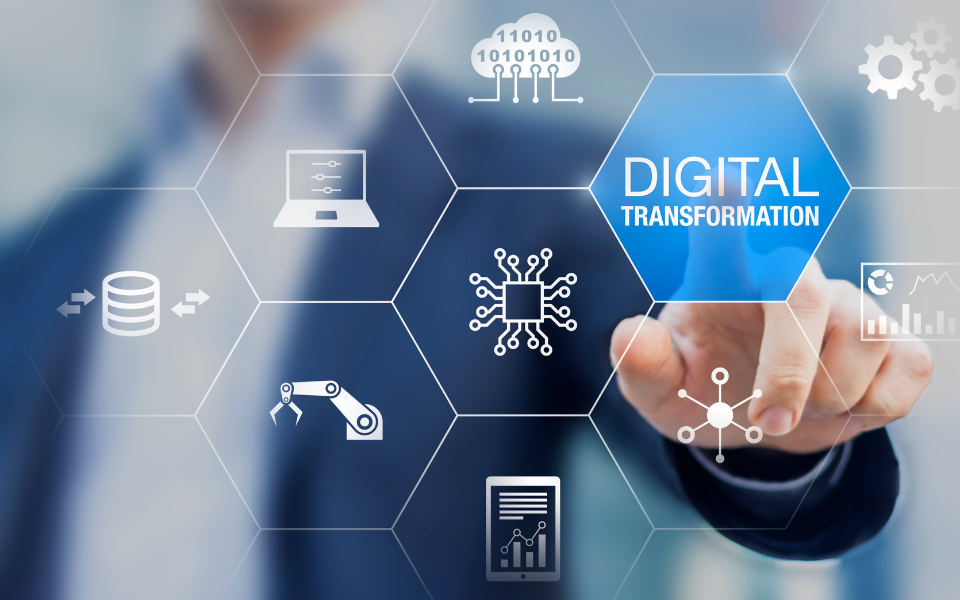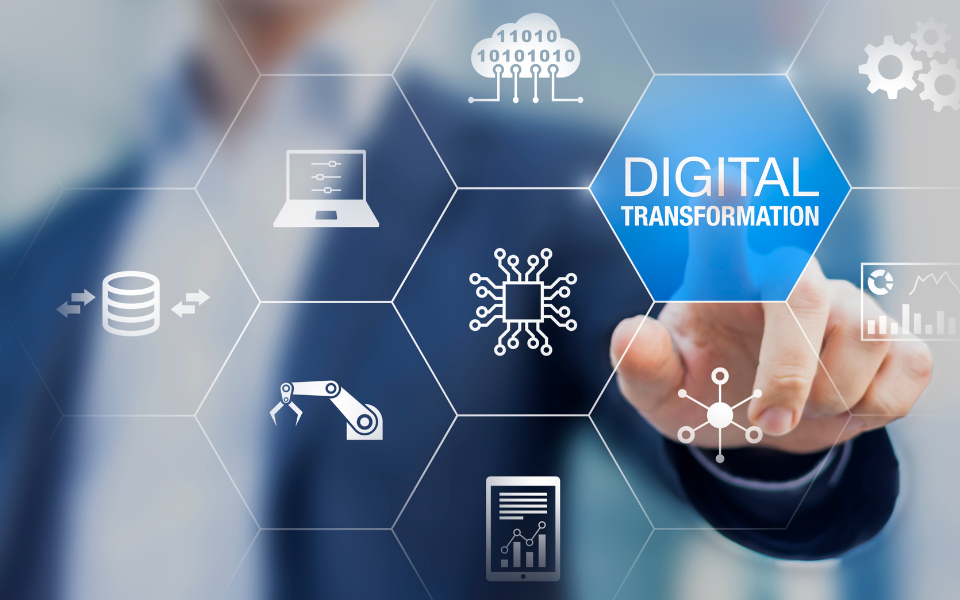Correctly said, one may say that information is the most potent weapon in today’s war. For some forces, managing and processing the live data makes all the difference between victory and the lack thereof. Hence, today's strategy is based more on the modern use of technology, including drones, big data, and cloud computing. Altogether this trinity has wholly recast the military procedures of how forces collect information, evaluate threats, and come up with efficient decisions in the shortest possible time thereby changing the strategies of war fields.
The Data Collection Via Aerial Systems
Unmanned Aerial Vehicles (UAVs), also referred to as drones, can be best described as indispensable assets to modern military. After being adopted in surveillance roles, drones work across the spectrum, including reconnaissance or intelligence gathering, supply chain to direct action that includes strikes. The main advantage is that these systems can perform tasks in hazardous conditions without endangering human lives, collecting data from risky or inaccessible zones in real-time.
With extraordinaire cameras and sophisticated sensors and, at times infrared or thermal imaging features, drones can capture a lot of data in relatively short spans. They can track the movements of troops, study the land, and crawl for threats in their paths. For instance, a drone flying above a war area can identify and report the movement of the enemies in the same manner. Military personnel then oversimplify it and get new data about the enemy’s locations and possible tactics.
However, the application of drones within the violent theater is not restricted to their use as weapon platforms. The sheer amount of data that these drones can gather becomes irrelevant if that data cannot be fully and efficiently evaluated. This is where cloud computing and real-time analysis come in Cloud computing When looking at real-time solutions it is very important to analyze the overhead end-user storage and Other IT THIS MAKING PROCESS M Usman Shabbir H sec A This is where cloud computing and real-time analysis come.
Cloud Computing: The Backbone of Real-Time Data Processing
As we have seen, cloud computing has penetrated most industries and the military has not been left out. Old-school computing architectures hindered the attempt to process real-time data in the field for a long time. Analysis had to be done from remote locations, which took time as the data had to be sent back to centralized facilities for analysis. However, in solving the business use of computing, it is now possible to process data nearer to its source, hence enabling decision-makers to have the real-time data they need.
Through the application of cloud computing technologies, the military can perform analyses on drone-sourced data that may be collected from anywhere ‘on the move’ through the use of cloud-based computing systems. Such infrastructural solutions enable large amounts of data generated by drones to be processed in real mode, including HD video feeds, sensors, and intelligence. Besides, cloud technology enables various branches or partners in the military to share data freely and more effectively in the field.
Real-Time Analytics: However, the aim of transforming data into insights is to achieve with the help of business analytics.
Real-time analysis refers to the practice of carrying out an analysis of data once it becomes available to respond to it. In a field where the action is being coordinated, this aspect of the ability to collect and analyze data before making decisions can pay off big. For instance, when a drone major a threat, real-time analytical capabilities will determine the location of unfriendly forces, may predict their further movements, and notify other troops so that they will not be taken unawares.
The adoption of analytics with artificial intelligence (AI) and machine learning (ML) makes real-time data analysis much more revealing. It picks up some form of variation from the normal trend, behavior that an analyst would actually not have noticed or fully appreciated. Such as slow movements or changes in the direction of the enemies or they slow down their movements contrary to what is expected. For instance, via predictive analytics, machine learning algorithms can know or estimate which region is likely to ambush or some other hostile action or even high-risk areas depending on actual information and past experiences.
Military decision-makers use these analytics to make rapid, data-informed decisions that directly impact battlefield strategies. Rather than relying solely on human intuition or pre-planned tactics, they can adapt strategies based on real-time intelligence. This agility is essential in modern warfare, where conditions on the ground can change in seconds.
Case Study: Real-Time Analytics in Action
A clear example of how real-time analytics influenced operations on battlefields of the Middle East was. Drone feed offered live video and information about the enemy’s location, which was filtered through centralized software. As for the enemy forces, the system was able to locate particular types of enemies to follow their movements and even guess their intentions. Such details got to the commanders on the field they Adapted to the new strategies and outwiped their opponents with minimal losses.
In one case, during humanitarian intervention after natural disasters, the drones showed on-the-spot footage of the affected areas. The military was also able to determine the extent of the disaster and safe routes by performing cloud analytics to provide effective relief teams. This agility was not only life-saving but also demonstrated the multi-applied uses of drones and real-time processing besides warfare.
Information and Cyber Security Issues and Contests
New technologies including drones, cloud computing, and the use of real-time analytics provide great opportunities but have limitations, particularly in security issues. This is because data in cloud systems is frequently transferred and stored on cloud platforms and thus very susceptible to attacks. This information must be protected under high levels of security protocols such as encryption of data, and access control mechanisms, as well as threat detection mechanisms that are already in place in a military organization.
Out of all the applications of AI, AI in cybersecurity is the most effective. Artificial Intelligence can also scan for threats and prevent data on the battlefield from being tampered with or intercepted. Through the application of these measures, the military forces can afford to maintain lively use of real-time analytics while keeping the data safe and protected.
The Future of Battlefield Strategies
The use of drones, cloud computing, and real-time analysis in strategic military processes will increase day by day. The future drone could be partially or fully autonomous, requiring little human intervention to change its operational settings and make analytical decisions on its own. Cloud computing Platforms will continue to be even more efficient and capable of managing even bigger data than they currently are. In the future, as AI and machine learning continue to progress, real-time analysis will provide an even more comprehensive level of accuracy in estimating the actions of the enemy by the military forces.
I envision future drones delivering not only intelligence data for the military but also having artificial intelligence and analytical capabilities to give the military quicker responses to the data being gathered. Moreover, pre-sink edge computing — processing of data right on the devices — could yield even lower latency that was near real-time for the battlefield.
Conclusion
The integration of drones, data analytics, and cloud computing has revolutionized modern warfare, providing military forces with unmatched intelligence and agility. Real-time analytics have made battlefield strategies more data-driven and effective. Despite cybersecurity challenges, innovations, including cloud computing certification, are reshaping how wars are fought and how military forces plan, react, and succeed on the battlefield.




